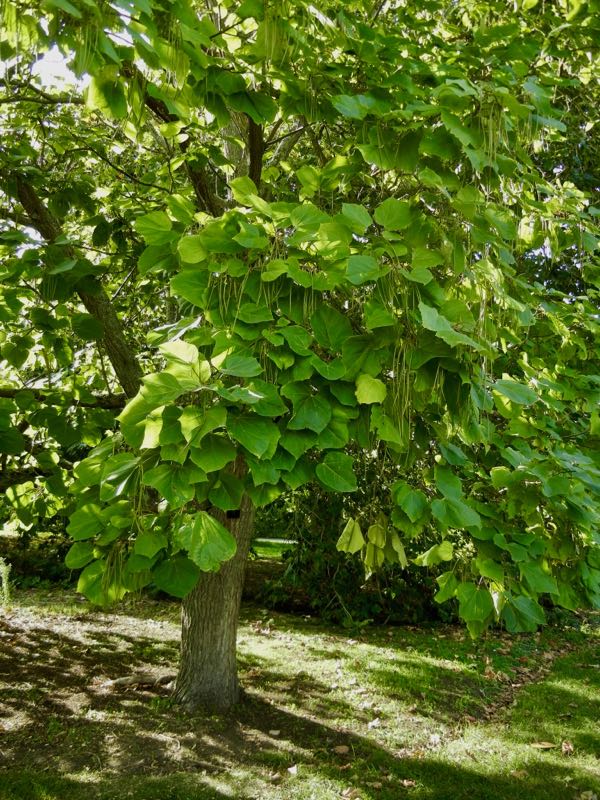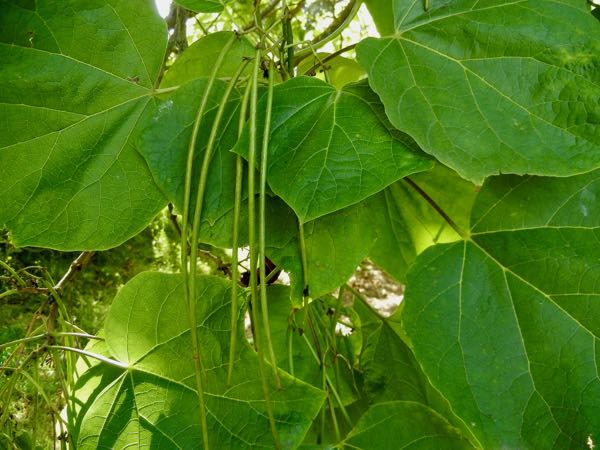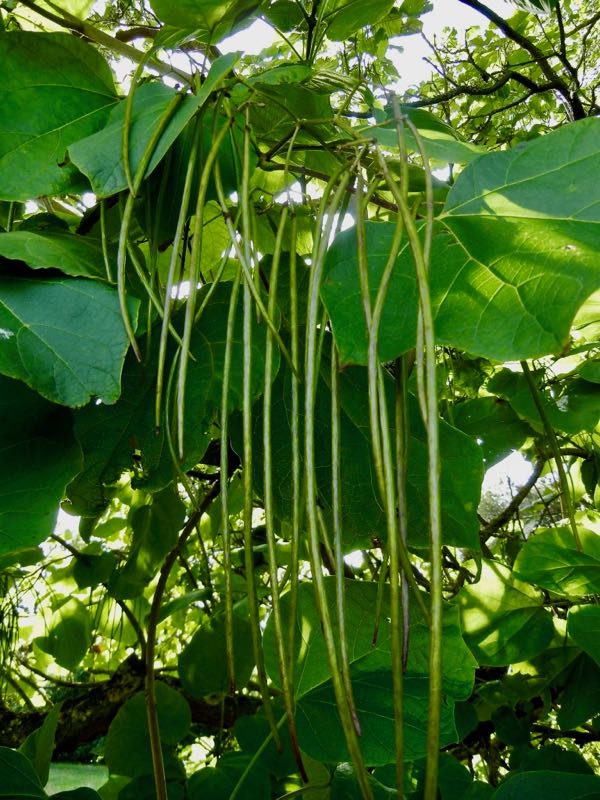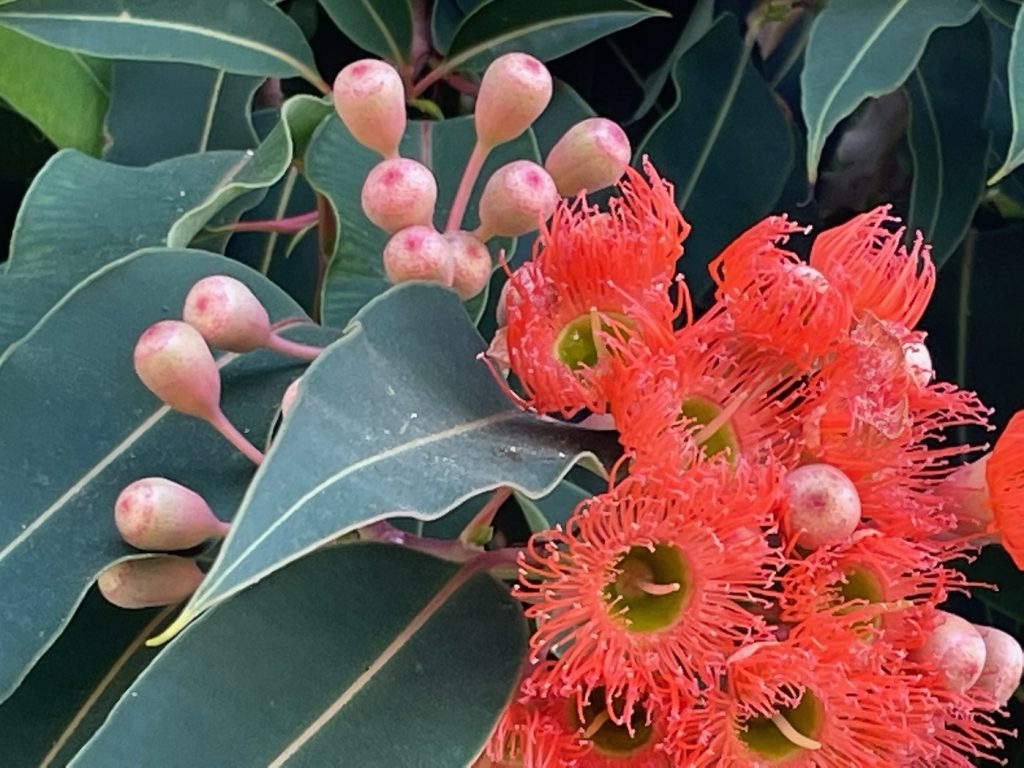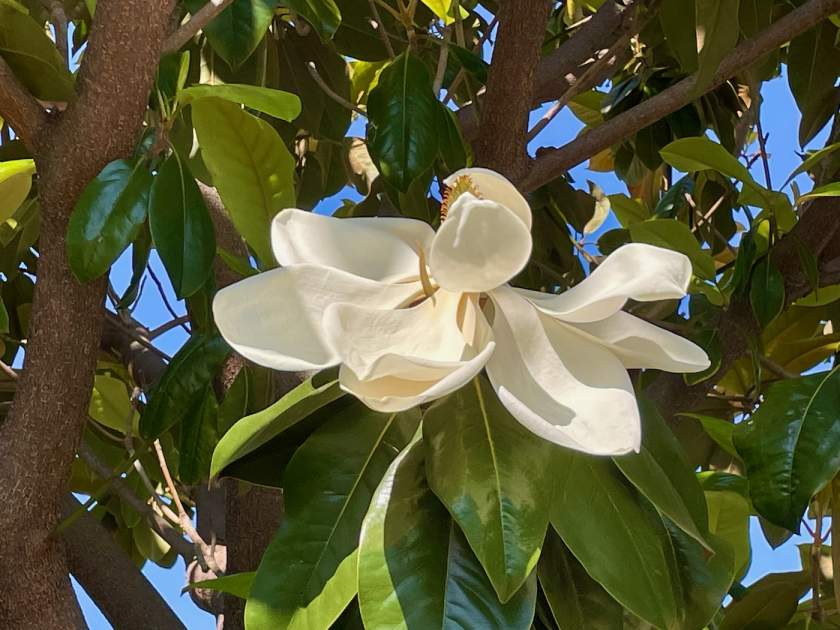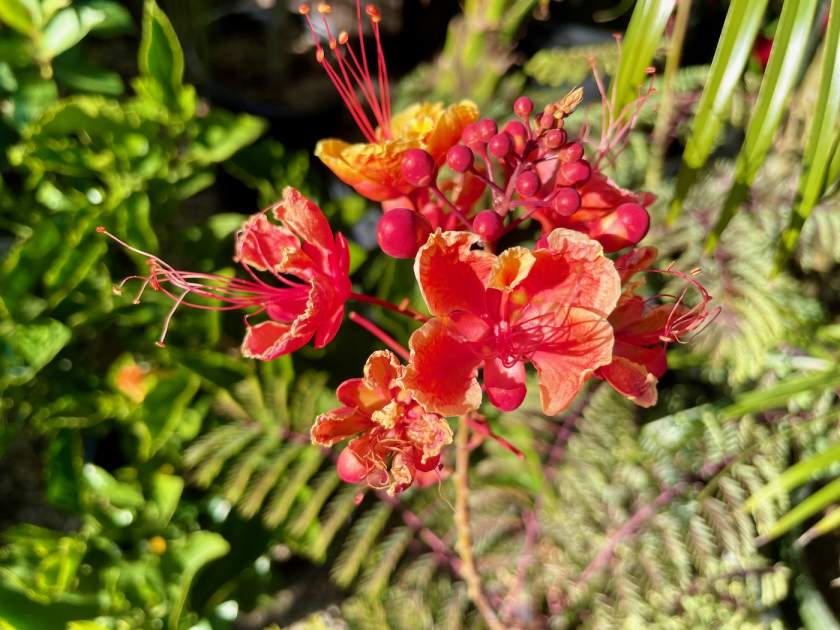Catalpa ovata: Unveiling the Charms of the Yellow Catalpa
Catalpa ovata, also known as Yellow Catalpa or Chinese Catalpa, is a captivating small deciduous tree that belongs to the Bignoniaceae family of plants. Originating from western China, this remarkable tree has a rich history intertwined with Native American Indian culture.
Exploring the Splendor: Characteristics and Description
With a height of up to 30 feet or 10 meters, Catalpa ovata boasts an elegant stature. Its light green foliage showcases ovate leaves that are three to five-lobed, adorned with glamorous downy veins on the back. As autumn arrives, the leaves undergo a mesmerizing transformation, turning a vibrant yellow hue.
During late spring, Catalpa ovata bursts into an enchanting display of flowers. Adorning the tree in panicles, these bell-shaped blooms bear a stunning yellow coloration, with inner spots exuding a delightful orange hue. Following the floral spectacle, the tree produces long seedpods that can reach approximately 16 inches or 40 centimeters in length. Initially green, these pods gradually mature and turn brownish before splitting open to release their precious seeds.
Cultivation: Nurturing the Catalpa ovata
Sunlight: Catalpa ovata thrives in areas with ample sunlight or partial shade. Ensuring it receives adequate light will promote optimal growth and flowering.
Watering: Planting Catalpa ovata in moist, fertile soil with medium to wet drainage is essential for its well-being. While it adapts to various soil types, ensuring the soil is well-drained will prevent waterlogging and potential root issues.
Soil: Catalpa ovata showcases a versatile nature when it comes to soil preferences, adapting well to different soil types. However, providing it with fertile soil that retains moisture is crucial for its healthy development.
Pests and Disease: In general, Catalpa ovata is relatively disease-free and resistant to pests. However, vigilant gardeners should be on the lookout for potential issues such as verticillium wilt, leaf spots, mildew, or twig blight. Monitoring the tree’s health and promptly addressing any signs of distress will help maintain its vigor.
Propagation: Propagating Catalpa ovata can be achieved through various methods, including seeds, cuttings, or grafting. Selecting the most suitable propagation technique for your circumstances and following proper procedures will enhance your chances of successful reproduction.
Embracing the Yellow Catalpa: A Delight for Senses
The Yellow Catalpa’s unique combination of elegant foliage, vibrant yellow blooms with orange accents, and decorative seedpods creates an enchanting visual spectacle. Although it lacks a distinct fragrance, the tree’s presence in a garden or landscape adds a touch of elegance and natural allure. Its flowering season in late spring captivates onlookers, while the yellow autumn foliage offers a final blaze of beauty before the arrival of winter.
In addition to its aesthetic appeal, Catalpa ovata exhibits admirable resilience, making it an ideal choice for deer-tolerant landscapes. By following proper cultivation practices and monitoring potential diseases and pests, gardeners can enjoy the splendor of the Yellow Catalpa for years to come.
